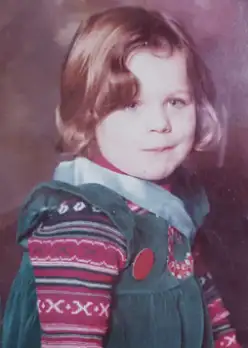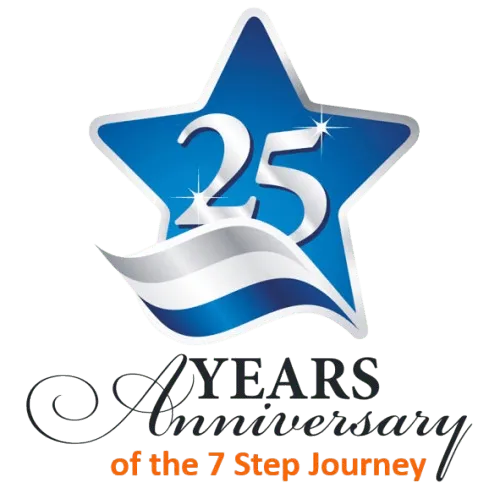Clare’s Clutter Clearing Story
Clare’s Clutter Clearing Story
I was going to have to make peace with my past and forgive myself if I wanted to move on. I had to let go of my imperfect past – the regrets, hurts, unresolved grief, even happy times which made me feel lost in the present.
‘The past is never gone. It’s not even past’ wrote William Faulkner.
Very true.
I just had to look at my piles of clutter to see my past right there in front of me getting in the way of my present and future.
Of course, it makes sense that our past is never gone. As cavemen our survival was dependent on remembering our past encounters with sabre-toothed tigers, so we didn’t go out into the forest unprepared.
The other advantage of having our past in our present is that our brain can make sense of our world. Our brain has evolved to seek order in our environment to help us feel less vulnerable.
So it makes sense that we keep our clutter until we understand and make sense of it, regardless of whether or not the things in our clutter trigger negative feelings, memories and emotions or are being used. Our brains priority is to make sense of it so it can restore order.
Making Sense
So we keep hold of things in our clutter until our brain can satisfy it’s need for order and making sense of the past. Our brain will ruminate on the past until the sense of order outweighs the pain and trauma that is triggered.
Research has shown that it’s our habits of avoiding this reflection and focus on our past so we can create order that keeps us trapped in it.
No wonder it’s so hard to let go.
LIFE Timeline
As I started to revisit my past to get that sense of order so I could move on, I needed to tread carefully in giving my brain the sense of ‘order’ it needed. I didn’t want to be overwhelmed by the feelings, memories and emotions.
So I created the LIFE Timeline – a practical tool that enables you to see different elements of your past both in context and with the benefit of hindsight.
It helps your brain because writing things down moves the connection your brain makes with the memory from an emotional response (Lymbic area of the brain) to a logic and reason response (Pre-frontal Cortex area of the brain).
It also enabled me to change how I saw traumatic events in my life by seeing them from a different perspective. I may not have been able to change my past experiences and traumas, but I could change the way I interpreted and reacted to them.
Complexities of Life
I started building my LIFE Timeline. I saw past traumas and events from a different perspective which gave me new understanding. I was able to make more sense of my past.
It wasn’t about getting certainty about anything. We’re not trying to ‘prove’ anything or ‘anyone’ was right or wrong. One of the complexities of life is that no one is wrong about a given event or situation, because everyone will have had a different perspective and experience of the same thing.
The actor standing on the stage has a different experience of a play compared to the person in the audience. They’re part of the same play, but they have different perspectives and will have different experiences. Neither is wrong – both are right.
Different Perspective
Making sense of my past traumas and events – the unhealthy relationship with my parents, the unhealthy relationships I’d had with men, my M.E. and Glandular fever as a teenager, the multiple jobs, no clear career, my struggle with finances, my sense of being stuck in my life. Even my being interfered with by a babysitter as a 5-year-old could now be seen in context and from a different perspective.
I could see how they may have influenced decisions I made in my life, and I could see I had a habit of avoiding facing and dealing with traumas. I could see how I had flitted and focused on something shiny and new rather than taking the time to understand, grieve and make sense of my life so I could let go and move on.
Don’t get me wrong – it was good to see things from a different perspective, but the perspective I’d been looking at them from all my life had kept me trapped in a negative, victim cycle. My habit was to think ‘Yes, but….’ rather than the positive ‘and, if…..’.
It’s not past experiences that keeps people stuck
but the habits developed to cope with them.
Noam Shpancer, PH.D.
Talk To Yourself
As I struggled to let go and accept a different perspective on my past, I sought help from my therapist who taught me an exercise that I’ve used many times since and which I encourage Journey members to try when they feel they’re being sabotaged by a ‘Gremlin’ from the past.
Talk to yourself in the past from the here and now in the present.
- Find a picture of yourself from around the time that the trauma or event you’re trying to process happened.
- Look at your LIFE Timeline and notice what else was going on in other areas of your life around that time.
- Imagine that you’re giving your younger self in the picture advice based on the benefit of hindsight you have now, in the present as an adult.

Decide
Deciding to clear your clutter isn’t just about deciding what you want your clutter free home and life to look and feel like.
It’s about being open and willing to revisit your past, make peace with it, grieve it and let go of the present and future you thought you’d be living by now. It’s about deciding to accept and move on from the past, not live in it.
Your past – the good, the bad, the ugly – made you the wonderfully unique person you are today.
My clutter is the reason you’re reading this now, but I’ve let go of my past so it doesn’t define me. And the best bit is – I get to decide and write the rest of my life story.
So what do YOU choose?
Find out more about the Clutter Clearing 7 Step Journey here: https://www.clutterclearing.net/7-step-journey/

